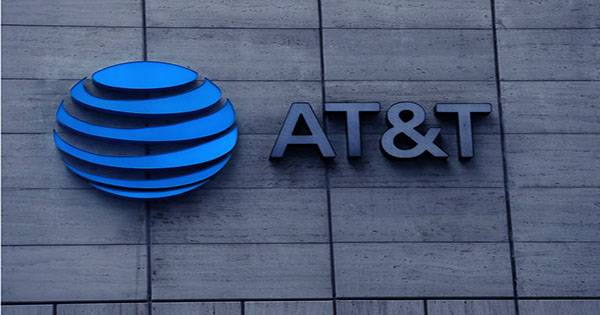AT&T says Fiber Internet is a “superior” technology designed for the present and the future because it can provide download and upload speeds of up to 1 Gbps and higher. AT&T added that there is “no strong evidence” to support fiber deployment in the United States and that rural people should be satisfied with fiber-free Internet access, which only provides upload speeds of 10 Mbps. The difference between these two wildly different statements was the audience. The message of A&T about the future-proof nature of fiber and its superiority over cable and DSL was conveyed to investors as AT&T discussed the growing expansion of fiber where it is already connecting more homes in the metropolitan area where it supplies fiber. .
In contrast, this message from AT&T that Americans do not need fiber access was conveyed to the U.S. government when the ISP lobbied against the construction of government-subsidized fiber lines that were clearly superior to products. Fixed wireless home internet and DSL for sale by AT&T, the area in which you have decided that fiber is not profitable. As we reported on March 29, AT&T is fighting a nationwide fiber subsidy proposal, writing that “virtually every home and small business in the country will have an additional cost to implement fiber, when there is no evidence of such spending today.” 10 or 100/20 Mbps is justified by product quality.”
It refers to 50 Mbps download speeds with 10 Mbps upload speeds or 100 Mbps downloads with 20 Mbps uploads. Joan Marsh, AT&T’s executive vice president for federal regulatory relations, also said at the time that creating new networks in areas where there was already basic momentum would “unreasonably waste private investment and dollars going to broadband.”
But AT&T is telling the government that such spending is a “waste”, it has a vested interest because preventing the construction of fiber will protect it from competition in many cases where it does not promote copper to fiber and where services are effective.
















